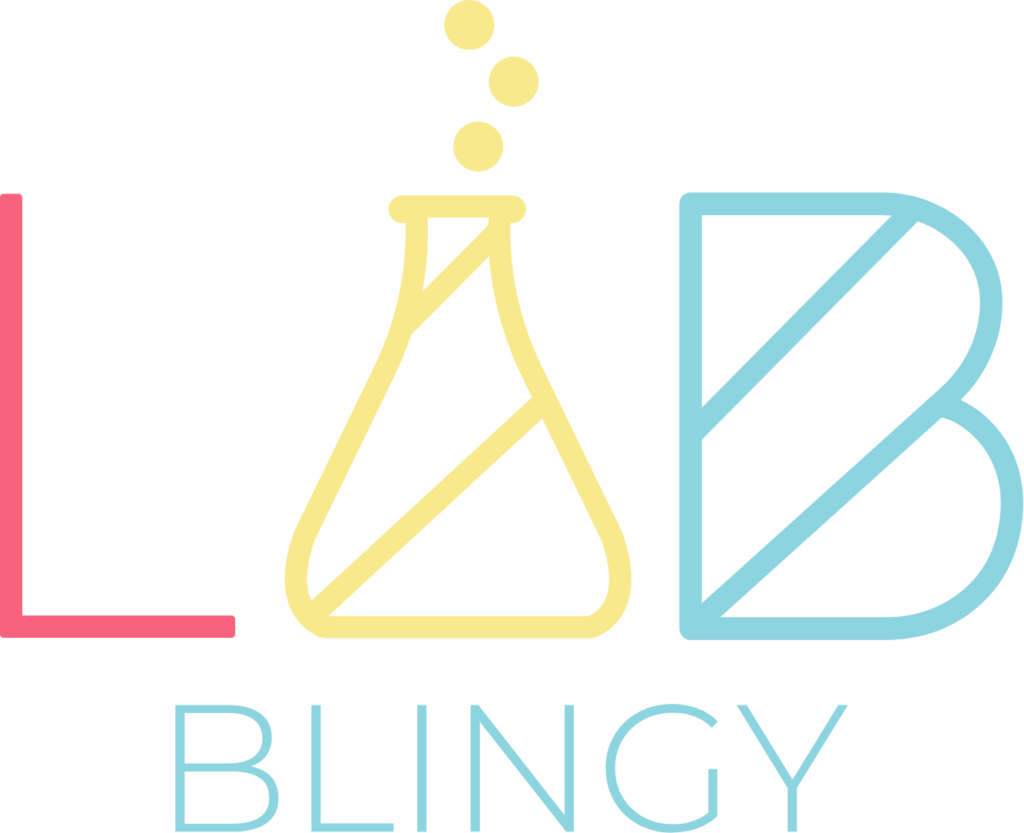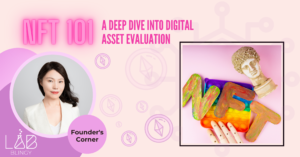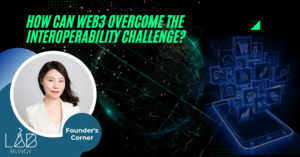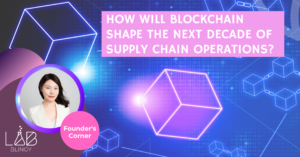Gartner describes “Data Fabric” as the “next-generation data management architecture for the enterprise,” It made Gartner’s list of the top tech trends of 2022.
Data Fabric is much more like a design concept, not a product. Data Fabric utilizes AI, machine learning, and data science to access data or support dynamic data integration to discover unique and business-related relationships between available data.
Let’s dig deeper to understand how this concept will impact businesses in the coming years.
Data Fabric’s primary purpose is to provide accurate data to the right person at the right time. The current Data connection architecture design is still mainly “people looking for data,” and the core of the data fabric design is “data looking for people” at the right time and pushing the correct data to the people who need it.
How else can we describe Data Fabric? We can visualize Data Fabric as a virtual network. This network is not a point-to-point process but a virtual connection. Each node can represent a separate data system, and data from other sources can be rapidly located and accessed via the internet.
We can also view Data Fabric as a large-scale weaving that connects numerous locations, types, and sources of data, as well as means for accessing the data. As data passes through the data fabric, it can be processed, managed, and stored.
Data Fabric is An Emerging Trend; What Do We Know?
Why will Data Fabric become a trend, and why will more enterprises adopt this method for deployment in the future? The traditional IT era was previously known as the “data warehouse,” “data lake,” or “big data.” However, data utilization is a centralized architecture that collects data and allows BI (Business Intelligence) analysts to analyze the data. Meanwhile, user services are deployed in a multi-cloud environment in cloud computing. Gathering data from many clouds is time-consuming and expensive. As a result, a decentralized and dispersed data network design is unavoidable.
Data Fabric can bring clear value to the business and technical teams simultaneously. Enterprises can access high-quality data more efficiently and rapidly and gain insights from a business standpoint. Client engagement can also be increased through more advanced mobile apps and interactions, complying with data standards, and optimizing supply chains. Also, from a technical perspective, Data integration is decreased, data quality and standards are easily maintained, and hardware architecture. At the same time, storage costs are simultaneously reduced due to the limited number and quantity of data replication. As the data duplication reduces, the data flow is greatly optimized, and the data processing process is accelerated and simplified; implementing an automated overall data strategy minimizes the work of data access management.
Gartner believes, and we agree, that with the increasing complexity of data and the accelerated development of digital services, the Data Fabric has become an infrastructure supporting assembled data analysis and various components. Due to the ability to use/reuse and combine different data integration methods in technical design, Data Fabric can reduce integration design time by 30%, deployment time by 30%, and maintenance time by 70%. The Cloud Pak for Data4.0 software package released by IBM in July adds intelligent Data Fabric functions. From this innovation, AutoSQL (Structured Query Language) can automatically access, integrate, and manage data through AI and get answers to distributed queries at less than half the cost.
How Can The Dream of “Data Seeking People Rather Than People Seeking Data” Come True?
As we have realized, Data fabric is a new design concept that changes the data management and data collection game. Remember that Data Fabric is not a substitute for data warehouses, data lakes, and other technologies. Instead, it can use existing data hubs, lakes, and warehouses with additional methods in the future.
An improved data catalog is required to actualize data searching for people rather than people searching for data. It should cover users’ frequency, mechanism of data usage, and understanding of the data and business. Relationships also include knowledge graphs. Find the relationship between data and business through knowledge graphs and find integration strategies for metadata utilization. It also provides recommendation engines and low-code tools in the data preparation stage. The role of low-code tools is to reduce data. Finally, the threshold of use accelerates the productization of data.
Organizations are looking for new IT service delivery models to meet their data-driven business’ changing technology requirements. Data management problems, however, tend to limit their choices. Data Fabric has emerged as a viable solution for solving these issues and providing companies with the flexibility to choose a genuinely possible hybrid cloud infrastructure.
Is This A Hype or A Hope?
As a tech startup CEO and a data enthusiast, I believe that Data Fabric is neither a Hype nor Fad, but a way to alleviate the agony of managing data across multiple platforms. And as an emerging technology, data fabric has a long way to go before it fully matures, but I am confident it will become a centerpiece of smart data management in the next decade.
I would also love to hear your opinion about data fabric, and let’s be watchful to see how organizations use this technology to deliver cutting-edge innovations.
Follow my Twitter @JoyyuanWeb3 to learn about the trends of Blockchain, Crypto, and Web3!








